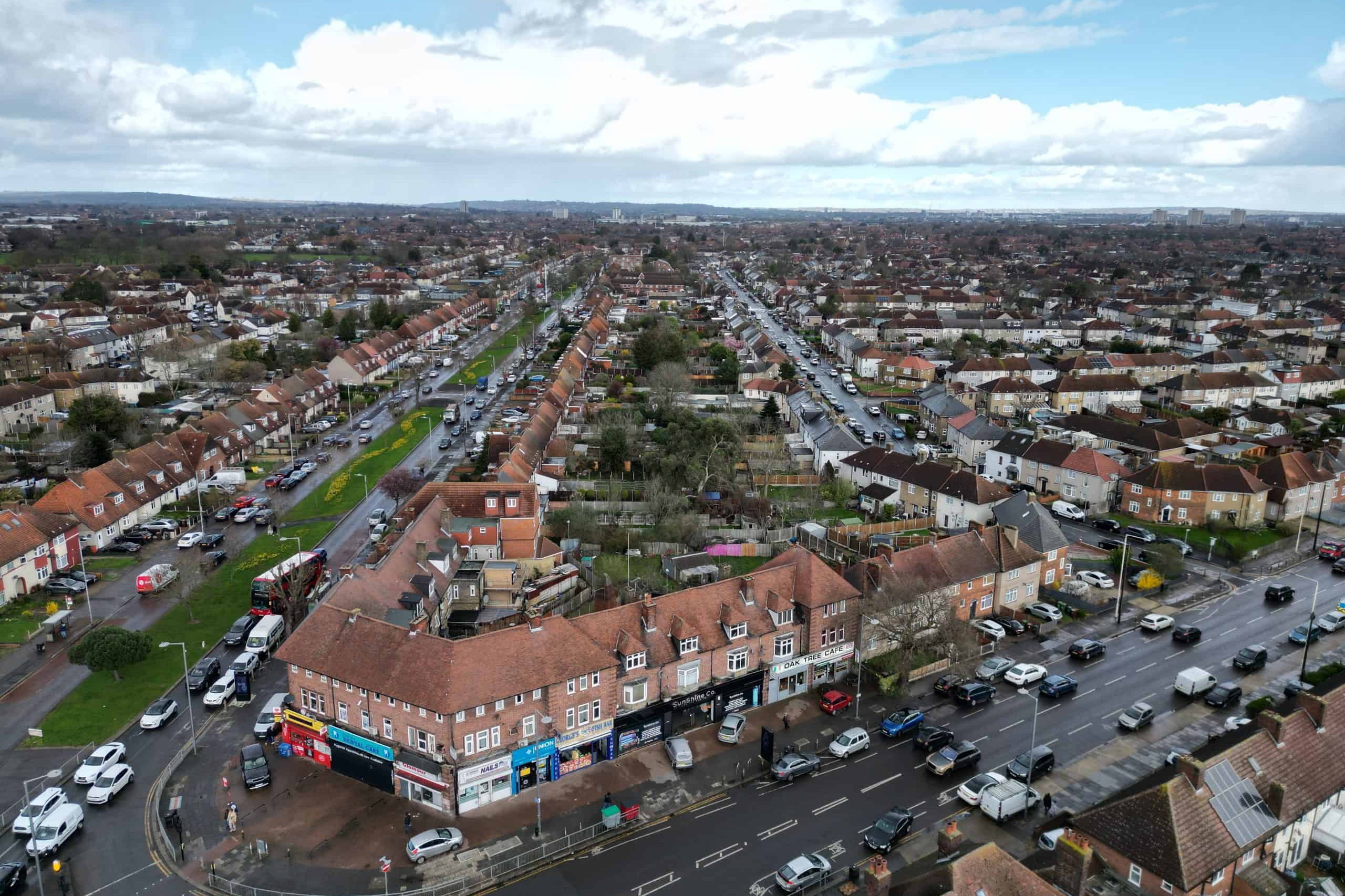The company knew that its business – which helped people buy into overseas property schemes – was susceptible to a range of risks, from a sudden downturn in foreign markets to property scams and disgruntled customer action.
It also knew that, in encouraging its customers to invest their precious savings, it fully depended on its reputation as trustworthy, honest and reliable. It had the foresight to recognise that it needed to prepare to manage any potential crises which might strike.
What we did
Our first action was to facilitate a workshop with the management team to identify the main threats facing the business.
For each scenario, we explored whether any actions could be taken immediately to eliminate or minimise the risk. This was a vital step which removed some scenarios from the threat list straight away.
We then held a session which explored the main types of crisis which can hit any company – to help the team spot and deal with these as early as possible. Often, the main problem is that companies don’t recognise a looming disaster quickly enough.
We discussed the nature and implications of the three main types of crisis:
- slow-burn – which can creep up gradually so it’s not recognised as a crisis and appropriate action isn’t taken until too late
- sudden – where swift, decisive action is paramount
- planned – where a business decision is deliberately taken which has significant adverse effects, whether foreseen or not
We looked at the four main stages of crisis communications – preparation, planning, response and recovery. Too many companies only address the response stage – when a crisis erupts and they have no other choice.
We coached the team on the best process for handling a crisis – in terms of communicating with customers, staff, partners and suppliers, dealing with hostile media and protecting the company’s reputation.
We outlined the five main principles which should underpin any attempt to manage a disaster. And we discussed an eight-stage checklist of actions to get any situation under control.
We helped the company appoint a multi-disciplinary Crisis Team – including one of our crisis consultants – which could be urgently assembled at any time.
We then defined the audiences, a contingency statement and an action plan for each of the main risk scenarios faced. These would always need to be reviewed and adapted to a particular problem, but it would at least give the company a big head start.
We created a Crisis Manual for the company comprising crisis guidelines, the main scenario statements and action plans and the Crisis Team emergency contact details.
Finally, we organised role play sessions to put into practice what we’d covered. These presented a range of disaster scenarios and put the Crisis Team through its paces – against the pressure of a ticking clock – in handling them in the most effective way, including mock confrontational journalist interviews.
For maximum impact, this included springing an unannounced exercise on the client which appeared to them to be a genuine incident.
The result
By undertaking this exercise, the company’s management team knew it had prepared as far as possible for any adverse events.
It wouldn’t necessarily make handling a disaster a walk in the park. But the company knew it had the training, tools and advice to manage it as effectively as possible and do the utmost to protect its reputation.
See more on our crisis communications services.











